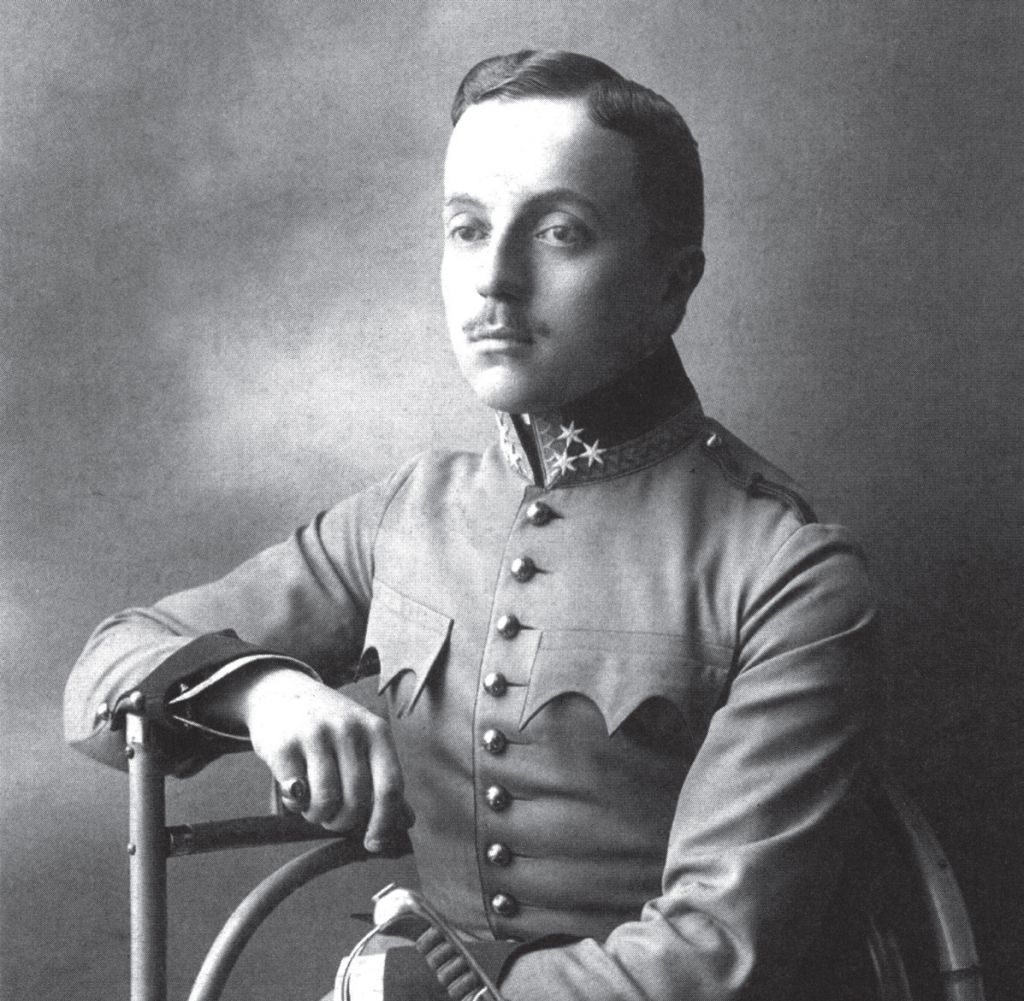Adolf Jabłoński (1824–1887) – insurgent, innovator, director

Pharmacy student, conspirator, prisoner of the tsarist Warsaw Citadel prison
Adolf Jabłoński was born in 1825 in Krasocin, died in 1887 in Bóbrka. This is a figure capable of being a role model for anyone who values reliable work and perseverance in achieving intended objectives, and feels the need for lifelong learning. Our character was a great patriot who proved love for his country in at least two ways. The first stage of his life, which ended with his arrest by the Tsarist officials in 1847, was abundant in dramatic events. As a pharmacy student in Warsaw, he was imprisoned in the capital city’s Citadel for subversive activity. After two years, as a penal measure, he was conscripted into the Imperial Russian Army. From this period came his moving memories Dziesięć lat w niewoli moskiewskiej (Ten years in Muscovite captivity). In his notes, he not only attacked the brutal socio-political system of Russia, but also exposed the mental corruption of the Tsarist officials and military. After returning from Siberia, he took up arms fighting in the ranks of insurgent troops in 1863. As a veteran of one of the most powerful armies in the world, the army of Tsar Nicholas II, he commanded the insurgents in the rank of major. He emigrated after the collapse of the January Uprising.
Apprentice and expert
In 1870, he established contact with the representatives of the company operating a pioneer oil mine in Bóbrka: Ignacy Łukasiewicz, Tytus Trzecieski and Karol Klobassa. Together with the son of the latter, Wiktor Klobassa, Jabłoński was sent to the United States in order to upgrade his qualifications. These pioneers of Galician oil industry knew that the development of the company could only be effected as a result of implementing the modernisation of mining technique and employing qualified workers. In America, which was then engulfed in oil rush, Jabłoński not only learned about the functioning of mines, but also studied geology, mining, chemistry and physics at the University of Virginia.
Innovator from the Bóbrka mine
When he returned to Poland in 1874, he brought with him the knowledge of technical novelties and the latest drilling equipment. His experience enabled him to build his own machines, for example, Jabłoński’s bell, used for shutting off the water. His position in the company was so strong that he was appointed technical manager of the mine – with Łukasiewicz still being its managing director. Adolf Jabłoński became managing director after the latter’s death in 1882. His drive for the lead in technology led to the publication of the first Polish oil industry manual entitled Kopalnictwo nafty (Oil mining) in which the author described a range of equipment and procedures used in well drilling. Until the end of his life he was at the head of the mine in Bóbrka. His successor was Zenon Suszycki.
Inspirations:
- Jabłoński Adolf (alias Jasieńczyk), Dziesięć lat niewoli moskiewskiej (Ten years in Muscovite captivity), Lipsk 1867.
- Jabłoński Adolf, Kopalnictwo nafty (Oil mining), Kraków 1885.
- Pawłowski Wincenty, Adolf Jabłoński (1825-1887), “Wiek Nafty” 1993, No. 3.
- Wolwowicz Ryszard, Pamięć o ludziach polskiej nafty (Memory of the people in the Polish oil industry) “Wiek Nafty” 1992, No. 2.
source of photographs: the archive of Zygmunt and Ryszard Nater

